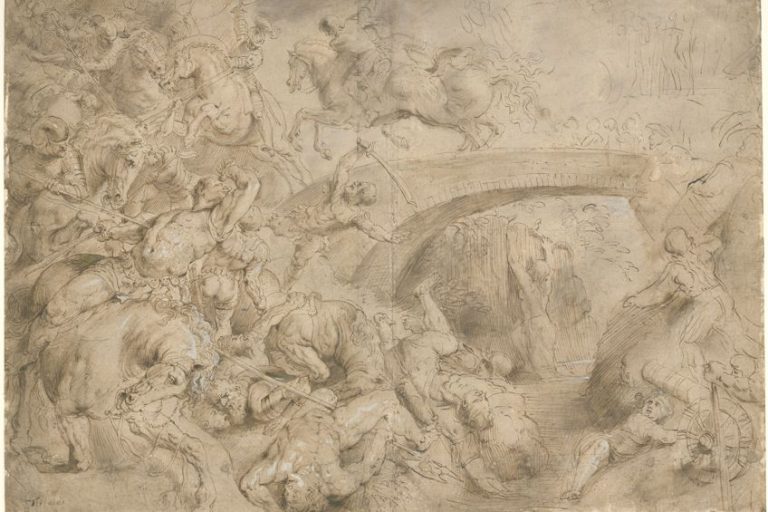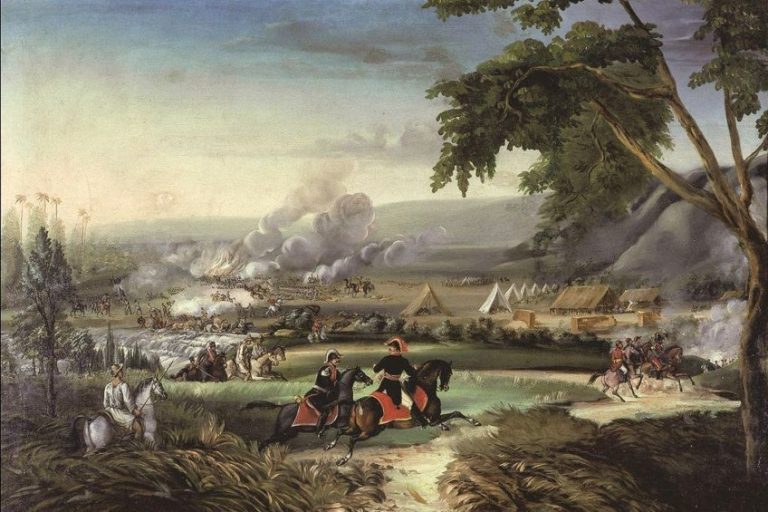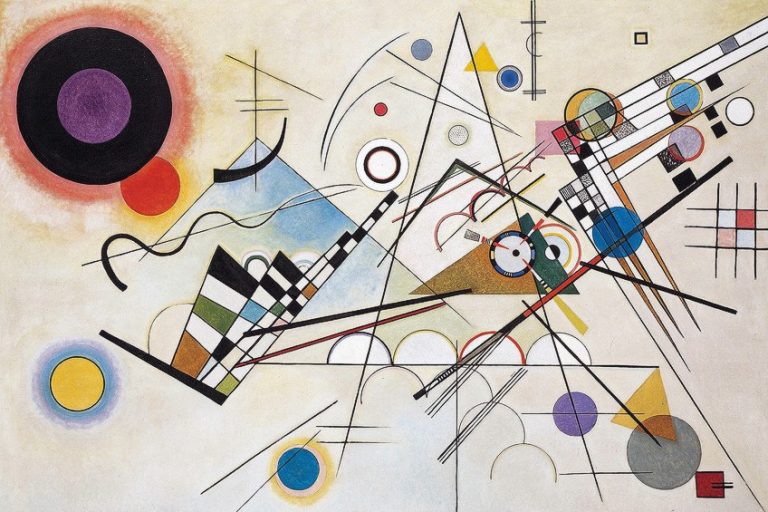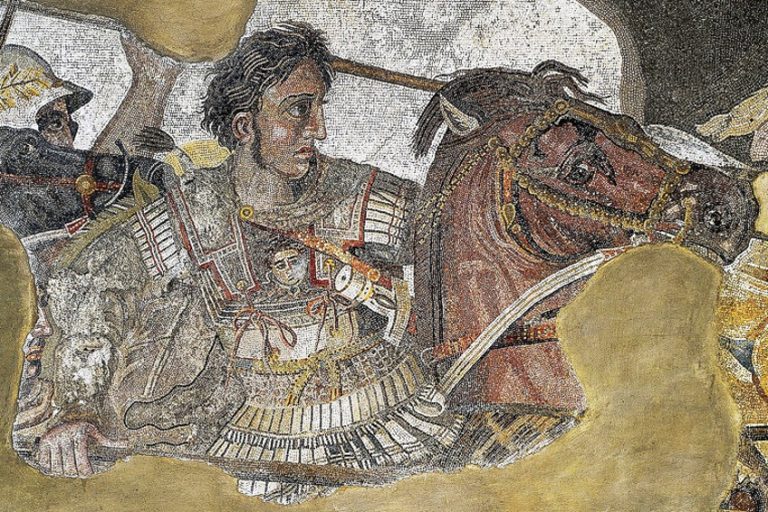Art in Florence – Explore the Artistic Wonders of This Great City
Nestled in the heart of Tuscany, Florence stands as an everlasting time capsule of the Renaissance era, captivating art enthusiasts with its rich cultural story. Renowned for its historical significance and artistic legacy, Florence boasts an unparalleled collection of famous artworks that have shaped the course of art history. From the iconic sculptures of Michelangelo to the exquisite masterpieces of Leonardo da Vinci, the city’s galleries and museums are veritable treasure troves of Florentine artwork. In this exploration of the artistic landscape of Florence, we delve into the profound impact of these masterpieces, unraveling the threads that connect the past to the present, and illuminating the enduring allure of this enchanting city for both connoisseurs and casual admirers of art.
Table of Contents
- 1 Florentine Artwork: Famous Artworks in Florence
- 1.1 Campanile Frescoes (14th-century) by Giotto
- 1.2 David (1430 – 1440) by Donatello
- 1.3 Battle of San Romano (1435 – 1460) by Uccello
- 1.4 The Baptism of Christ (1440 – 1450) by Piero della Francesca
- 1.5 The Annunciation (1443) by Fra Angelico
- 1.6 Annunciation (1472 – 1475) by Leonardo da Vinci
- 1.7 The Birth of Venus (1485 – 1486) by Sandro Botticelli
- 1.8 David (1501 – 1504) by Michelangelo
- 1.9 Madonna of the Goldfinch (1506) by Raphael
- 1.10 Deposition from the Cross (1528) by Pontormo
- 1.11 Venus of Urbino (1534) by Titian
- 1.12 Medusa (1595 – 1598) by Caravaggio
- 2 Frequently Asked Questions
Florentine Artwork: Famous Artworks in Florence
Florentine art, epitomized during the Renaissance, is a celebration of human achievement, intellect, and creativity. The city served as a crucible for some of the greatest artistic minds in history, including the likes of Leonardo da Vinci (1452 – 1519) Michelangelo (1475 – 1564), and Sandro Botticelli (1445 – 1510). The legacy of these masters is woven into the very fabric of Florence, and their works, from the iconic David (1501 – 1504) to the ethereal Birth of Venus (1485 – 1486), continue to mesmerize visitors with their timeless allure.
One cannot discuss Florentine art without acknowledging the profound influence of the Medici family, who were not only patrons of the arts but also astute visionaries who recognized the transformative power of culture. Their support nurtured a flourishing artistic community, fostering an environment where creativity thrived and ideas blossomed. The Medici galleries, such as the Uffizi Gallery, remain veritable treasure troves of artistic brilliance, showcasing the evolution of Florentine art through the centuries.
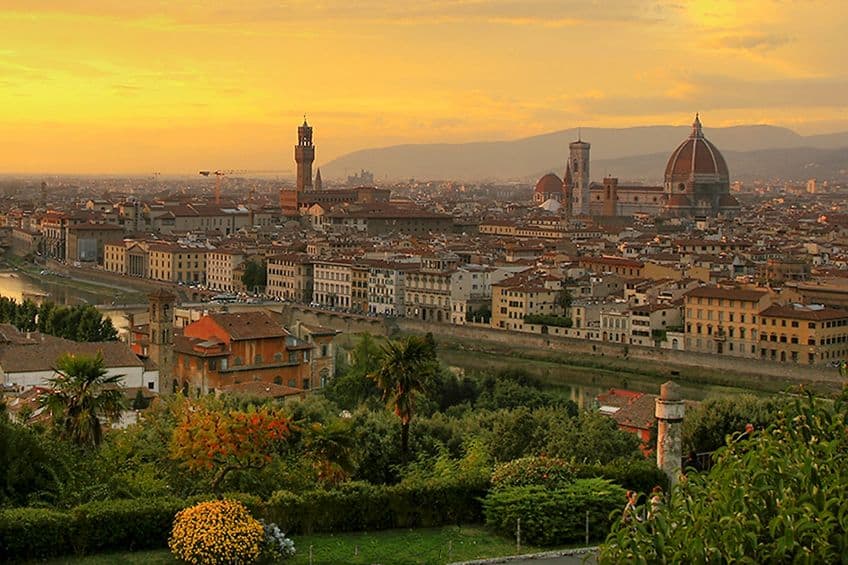
The architectural marvels of Florence further contribute to the city’s artistic splendor. The Florence Cathedral, with its iconic dome designed by Filippo Brunelleschi (1377 – 1446), stands as proof of the ingenuity of Renaissance engineering. The Ponte Vecchio, adorned with the shops of goldsmiths, is not merely a bridge but a work of art in its own right.
Beyond the tangible, there is an intangible magic in the air of Florence that elevates its art to unparalleled heights. The winding streets, the gentle rustle of the Arno River, and the warm Tuscan sunlight all conspire to create an atmosphere that transcends the canvas and sculpture. Florence is not merely a repository of art; it is a living, breathing masterpiece. In this article, we will take a tour through Florentine artwork and look at the 12 most famous pieces to see in this city. These 12 artworks offer a glimpse into the diverse and rich tapestry of artistic genius that defines Florence, showcasing the city’s pivotal role in the development of Renaissance art.
Campanile Frescoes (14th-century) by Giotto
| Artist | Giotto di Bondone (1266/67/76–1337) |
| Date | Early 14th-century |
| Medium | Frescoes |
| Dimensions (cm) | N/A (located on the walls of the Campanile) |
| Current Location | Giotto’s Campanile, Florence, Italy |
Giotto’s Campanile Frescoes, created by master artist Giotto di Bondone in the early 14th century, adorn the bell tower of Florence’s Cathedral and exemplify the brilliance of the early Renaissance. These frescoes intricately weave a visual narrative, depicting biblical stories and Christian allegories with a profound depth of emotion. As one ascends the Campanile, the frescoes provide an immersive experience of Giotto’s mastery, showcasing humanized expressions and scenes like the Last Judgment and Lives of Christ and the Virgin Mary. Their historical significance lies in Giotto’s departure from Gothic stylizations, ushering in a new era of realism and emotional depth, marking a pivotal moment in the evolution of Renaissance art. Beyond their artistic importance, the Campanile Frescoes offer a unique fusion of religious narratives and artistic innovation, transporting visitors into the cultural and intellectual landscape of medieval Florence.
Giotto’s frescoes are an indispensable part of Florence’s artistic legacy, inviting spectators to appreciate the transformative power of art and the enduring impact of one master’s brush on the trajectory of Western art.
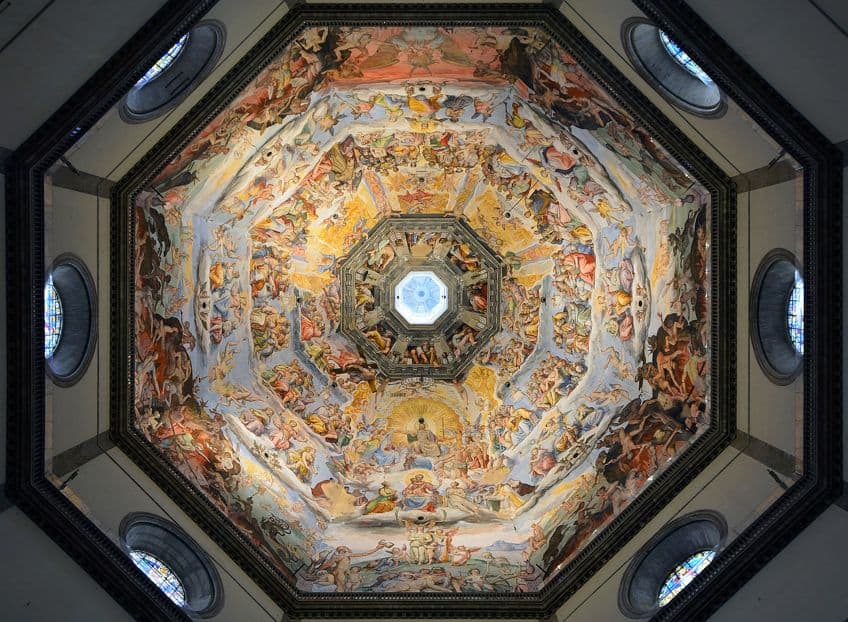
David (1430 – 1440) by Donatello
| Artist | Donatello (1386 – 1466) |
| Date | 1430 – 1440 |
| Medium | Bronze |
| Dimensions (cm) | 158 x 51 |
| Current Location | Bargello National Museum, Florence, Italy |
Donatello’s Madonna of the David stands as an iconic representation of the Renaissance master’s unparalleled skill in melding classical beauty with religious reverence. Housed in the Bargello National Museum in Florence, this bronze masterpiece features the Virgin Mary delicately cradling the infant Jesus. What sets this sculpture apart is the innovative use of space, with Mary gently tilting her head to engage the viewer, creating a sense of intimacy. The exceptional detailing of flowing drapery and the tender expressions on the faces imbue the artwork with a profound emotional resonance. As a significant piece within Donatello’s repertoire, the Madonna of the David holds a crucial place in the evolution of Renaissance sculpture, showcasing the artist’s ability to infuse spiritual themes with a sense of humanity.
Visiting this artwork in Florence provides a unique opportunity to witness the convergence of religious devotion and artistic innovation, inviting spectators to immerse themselves in the rich tapestry of Renaissance artistry.
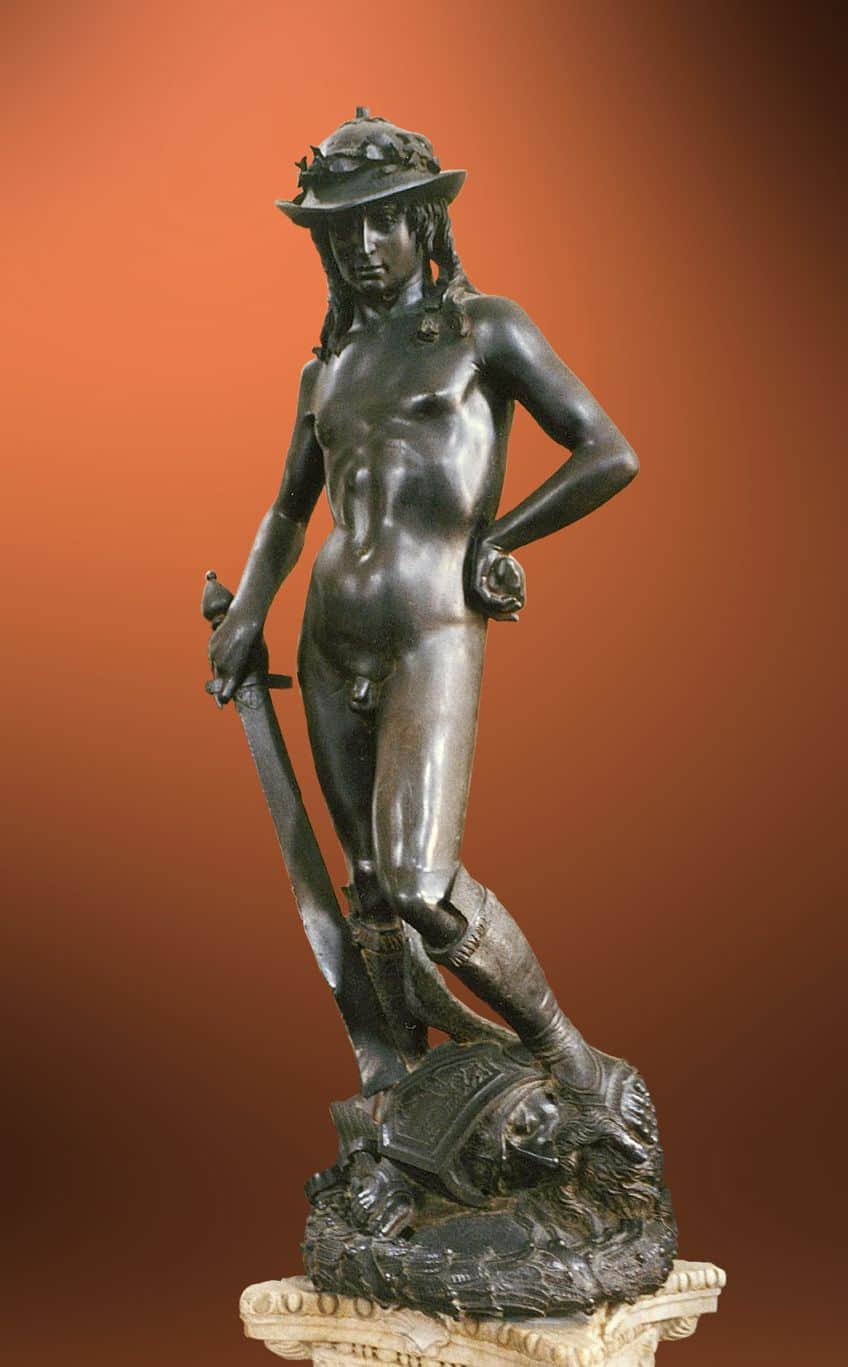
Battle of San Romano (1435 – 1460) by Uccello
| Artist | Paolo Uccello (1397 – 1475) |
| Date | 1435 – 1460 |
| Medium | Tempera on wood panel |
| Dimensions (cm) | 182 × 320 |
| Current Location | Uffizi Gallery, Florence, Italy |
Paolo Uccello’s Battle of San Romano is a groundbreaking masterpiece that brilliantly captures the chaos and vibrancy of battle through its innovative use of perspective and dynamic composition. Depicting the clash between Florentine and Sienese forces, Uccello’s meticulous attention to detail and geometric precision create a visually striking and immersive narrative. The painting’s importance lies not only in its vivid portrayal of a historic event but also in its pioneering contribution to the development of perspective in art.
As one stands before this artwork in Florence, it serves as a testament to Uccello’s artistic ingenuity, providing a captivating window into the artistic advancements of the early Renaissance and offering viewers an unparalleled experience of the energy and intensity of battle through the eyes of a masterful painter.

The Baptism of Christ (1440 – 1450) by Piero della Francesca
| Artist | Piero della Francesca (1415 – 1492) |
| Date | 1440 – 1450 |
| Medium | Tempera on wood panel |
| Dimensions (cm) | 167 × 116 |
| Current Location | National Gallery, London, United Kingdom |
Piero della Francesca’s The Baptism of Christ, a Florentine artwork currently housed in the National Gallery, London, is a luminous masterpiece that encapsulates the artist’s geometric precision and innovative use of light. The painting depicts the baptism of Christ in the Jordan River, with a harmonious composition that captures the divine significance of the moment. Piero’s meticulous attention to detail and the ethereal glow emanating from the figures create a transcendent atmosphere, elevating the sacred event. An essential artwork to experience in Florence, even though currently located in London, The Baptism of Christ is a testament to the profound influence of Piero della Francesca on Renaissance art.
Its significance lies not only in its exquisite execution but also in its role as a beacon of artistic and spiritual inspiration, inviting viewers to immerse themselves in the transformative beauty of the Renaissance period.

The Annunciation (1443) by Fra Angelico
| Artist | Fra Angelico (c. 1395 – 1455) |
| Date | 1443 |
| Medium | Tempera on wood panel |
| Dimensions (cm) | 154 × 194 |
| Current Location | Uffizi Gallery, Florence, Italy |
Fra Angelico’s The Annunciation stands as a sublime representation of the artist’s transcendent talent and spiritual devotion. This tempera on wood panel masterpiece captures the moment when the Archangel Gabriel delivers the divine message to the Virgin Mary. Fra Angelico infuses the scene with ethereal beauty, employing delicate brushstrokes and soft colors to create an atmosphere of divine grace. The composition exudes a sense of serenity, with Mary’s humble acceptance of her sacred destiny beautifully conveyed. What makes this artwork an indispensable experience in Florence is not only its artistic finesse but also its historical and spiritual significance.
As one of the foremost exemplars of Renaissance religious art, The Annunciation invites viewers to witness the intersection of heavenly themes and artistic brilliance, providing a glimpse into the profound spiritual currents that shaped the Renaissance era in Florence.

Annunciation (1472 – 1475) by Leonardo da Vinci
| Artist | Leonardo da Vinci (1452 – 1519) |
| Date | 1472 –1475 |
| Medium | Oil on wood panel |
| Dimensions (cm) | 98 × 217 |
| Current Location | Uffizi Gallery, Florence, Italy |
Leonardo da Vinci’s Annunciation, painted between 1472 and 1475 and housed in the Uffizi Gallery in Florence, is a masterpiece showcasing the artist’s exceptional ability to capture beauty, serenity, and divine grace. The oil painting portrays the archangel Gabriel’s announcement to the Virgin Mary, marked by an ethereal atmosphere, delicate use of light, and meticulous attention to detail. The tranquil scene unfolds in a harmonious balance of light and shadow, intensifying the emotional impact. Beyond its artistic finesse, the Annunciation holds historical and cultural significance, offering insights into Leonardo’s early artistic development and the emerging Renaissance style. The painting’s innovative techniques, including sfumato, contribute to its soft, hazy quality. A testament to the Renaissance spirit, the Annunciation reflects intellectual curiosity and a return to classical ideals. For art enthusiasts and visitors to Florence, the painting provides a captivating journey into Leonardo’s mastery, inviting contemplation of faith, beauty, and the enduring power of art.
Its presence in the Uffizi Gallery makes it a must-see, encapsulating the brilliance of the Renaissance era.

The Birth of Venus (1485 – 1486) by Sandro Botticelli
| Artist | Sandro Botticelli (1445 – 1510) |
| Date | 1485 – 1486 |
| Medium | Tempera on canvas |
| Dimensions (cm) | 172 x 278 |
| Current Location | Uffizi Gallery, Florence, Italy |
Sandro Botticelli’s The Birth of Venus, painted in the mid-1480s and housed in the Uffizi Gallery, Florence, is a captivating Renaissance masterpiece celebrating divine beauty. The painting portrays the goddess Venus emerging from the sea, standing in a shell amidst ethereal figures and symbolic elements. Venus embodies idealized beauty, reflecting classical aesthetics revived during the Renaissance. Botticelli’s meticulous technique, delicate color use, and intricate details contribute to the timeless allure of the artwork. Beyond its artistic brilliance, the painting holds profound cultural and art historical significance, reflecting Renaissance fascination with mythology, ancient ideals, and the human form. The Birth of Venus also encapsulates Neoplatonic philosophy, intertwining earthly and divine beauty.
As a testament to Florence’s cultural legacy and the Renaissance spirit, the painting offers a unique opportunity for visitors to connect with a time of flourishing creativity, intellectual exploration, and the pursuit of beauty, making it an essential artwork to experience in the city’s rich artistic tapestry.

David (1501 – 1504) by Michelangelo
| Artist | Michelangelo Buonarroti (1475 – 1564) |
| Date | 1501 – 1504 |
| Medium | Carrara marble |
| Dimensions (cm) | 517 × 199 |
| Current Location | Galleria dell’Accademia, Florence, Italy |
Michelangelo’s David is a monumental marble sculpture, towering at 517 centimeters, and serves as an enduring symbol of human potential and artistic perfection. Depicting the biblical hero in the moments before his battle with Goliath, the statue radiates strength, concentration, and youthful beauty. Beyond its technical mastery, the sculpture holds profound cultural and historical significance as a pinnacle of Renaissance art. Reflecting the era’s celebration of the human form and intellectual pursuit, David showcases Michelangelo’s unparalleled skill with anatomical precision and meticulous muscle detailing. Commissioned as a symbol of Florence’s resilience, the statue represents the triumph of the Republic of Florence over external threats.
Observing Michelangelo’s David in Florence becomes a journey into the heart of the Renaissance, where creativity, courage, and the human spirit converged to create an enduring masterpiece, making it a must-see for those seeking to delve into the city’s rich artistic legacy.

Madonna of the Goldfinch (1506) by Raphael
| Artist | Raffaello Sanzio da Urbino (1483 – 1520) |
| Date | 1506 |
| Medium | Tempera on wood panel |
| Dimensions (cm) | 107 x 77 |
| Current Location | Uffizi Gallery, Florence, Italy |
Raphael’s Madonna of the Goldfinch is a radiant testament to the artist’s mastery of Renaissance aesthetics and grace. This exquisite tempera painting depicts the Virgin Mary tenderly embracing the infant Jesus, while the young John the Baptist offers a goldfinch, symbolizing Christ’s future Passion. Raphael’s meticulous attention to detail and harmonious composition result in a scene of profound serenity and divine beauty. What makes this artwork essential to witness in Florence is not only its artistic brilliance but also its embodiment of Renaissance ideals of balance, grace, and spiritual symbolism.
The Madonna of the Goldfinch invites viewers to experience the sublime intersection of religious narrative and artistic excellence, offering a captivating journey into the heart of Renaissance artistry and spirituality.

Deposition from the Cross (1528) by Pontormo
| Artist | Jacopo Carucci, known as Pontormo (1494 – 1557) |
| Date | 1528 |
| Medium | Oil on wood panel |
| Dimensions (cm) | 313 × 192 |
| Current Location | Capponi Chapel, Santa Felicita, Florence, Italy |
Pontormo’s Deposition from the Cross is a haunting masterpiece that encapsulates the artist’s Mannerist style and emotional intensity. The painting portrays the poignant moment of Christ’s descent from the cross, rendered with elongated figures and vivid, almost unnatural colors that create a sense of emotional turbulence. Pontormo’s departure from conventional compositions and his innovative use of form and color make this artwork a significant representation of the Mannerist movement. The Deposition from the Cross is crucial to witness in Florence, not only for its artistic innovation but also for the emotional impact it delivers.
It invites viewers to delve into the tumultuous emotional landscape of the scene, offering a unique opportunity to engage with the evolution of art during the Renaissance in Florence.

Venus of Urbino (1534) by Titian
| Artist | Titian (c. 1488 – 1576) |
| Date | 1534 |
| Medium | Oil on canvas |
| Dimensions (cm) | 119 x 165 |
| Current Location | Uffizi Gallery, Florence, Italy |
Titian’s Venus of Urbino stands as a pinnacle of the Venetian Renaissance, housed in the Uffizi Gallery, Florence. This oil painting showcases Titian’s mastery in capturing sensuality, elegance, and timeless beauty. The reclining nude figure, believed to be Venus, emanates confidence with an alluring gaze and gracefully posed body adorned in luxurious textiles and jewels, creating an opulent aura. Titian’s adept use of color, light, and shadow contributes to the painting’s warm tones and palpable sensuality.
Noteworthy for its pioneering representation of the reclining nude, Venus of Urbino holds significance in art history, sparking a theme that later became a staple in Western art. Beyond its aesthetic allure, the painting prompts contemplation on love, beauty, and the female form.
A visit to the Uffizi Gallery to witness the Venus of Urbino offers a captivating experience, providing insight into Titian’s artistic genius and the cultural richness of the Venetian Renaissance. The painting’s enduring influence on subsequent art movements and its impact on depictions of the female form make it an essential artwork for those exploring the nuances of beauty and the evolution of artistic expression in Florence’s remarkable art scene.
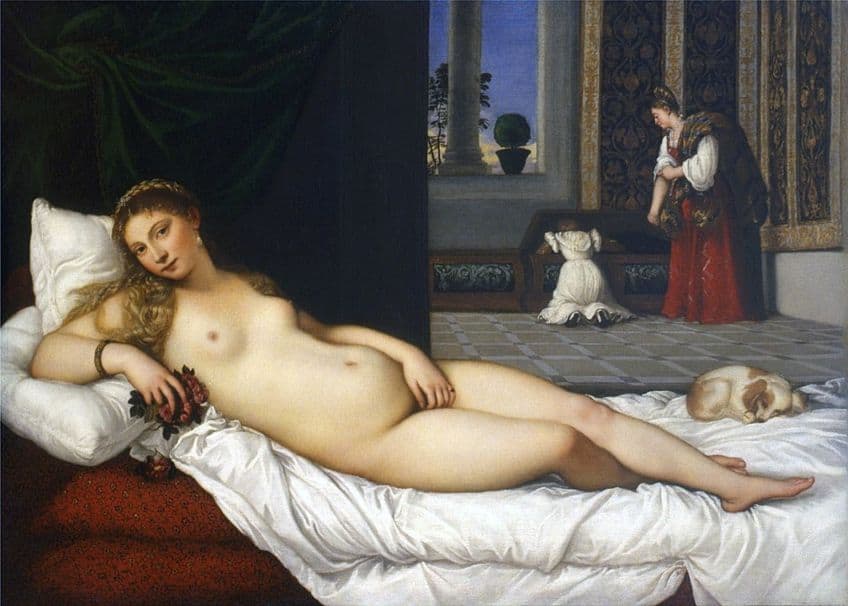
Medusa (1595 – 1598) by Caravaggio
| Artist | Michelangelo Merisi da Caravaggio (1571 – 1610) |
| Date | 1595 – 1598 |
| Medium | Oil on canvas |
| Dimensions (cm) | 60 x 55 |
| Current Location | Uffizi Gallery, Florence, Italy |
Caravaggio’s Medusa, a 17th-century masterpiece, captures the mythological creature at the moment of her curse. The dramatic play of light and shadow adds chilling realism, with lifelike snakes in her hair and a contorted expression. Crucial in Caravaggio’s oeuvre, the painting departs from convention, showcasing his mastery of chiaroscuro. Visiting Medusa is essential for art enthusiasts, offering a unique opportunity to witness Caravaggio’s unparalleled skill and a psychologically charged depiction of one of the most captivating myths in art history.

In conclusion, the rich tapestry of artistic heritage woven into the art in Florence is truly unparalleled. The city’s galleries and museums, adorned with famous artworks in Florence, serve as a testament to the enduring legacy of Florentine artwork. From the towering marble magnificence of Michelangelo’s David (1501 – 1504) to the ethereal grace of Sandro Botticelli’s The Birth of Venus (1485 – 1486), Florence stands as a living canvas of creativity and inspiration. The intricate details of Fra Angelico’s The Annunciation (1443) and the emotional intensity of Pontormo’s Deposition from the Cross (1528) further exemplify the city’s role as a cradle of artistic innovation. As one navigates the cobblestone streets and venerable halls, each brushstroke and sculpted form beckons visitors into a journey through time, encapsulating the spirit of Florence’s unparalleled contribution to the world of art. The resplendent cultural tapestry painted by the hands of Florentine artists ensures that the legacy of this Renaissance city will continue to captivate and inspire for generations to come.
Frequently Asked Questions
What Type of Art Is Florence Known For?
Florence is primarily known for its exceptional contributions to Renaissance art. Renowned for its transformative role during the 14th to 17th centuries, Florence became the epicenter of groundbreaking artistic movements. The city’s legacy is deeply rooted in classical ideals, humanism, and a profound appreciation for the beauty of the human form. Florentine art is characterized by meticulous attention to detail, a harmonious blend of science and aesthetics, and a commitment to portraying both religious and secular subjects with unparalleled skill. The city’s most celebrated artists, including Leonardo da Vinci (1452 – 1519), Michelangelo (1475 – 1564), and Sandro Botticelli (1445 – 1510), have left an indelible mark on the art world, with their masterpieces showcasing a fusion of technical excellence, emotional depth, and intellectual curiosity that defines the essence of Florentine art.
Where Can I See Renaissance Art in Florence?
In Florence, a treasure trove of Renaissance art awaits in world-renowned museums and galleries. The Uffizi Gallery, home to an extensive collection of masterpieces by artists such as Sandro Botticelli, Leonardo da Vinci, and Raphael, is a must-visit destination. The Accademia Gallery houses Michelangelo’s iconic David (1501 – 1504), while the Bargello National Museum showcases exceptional sculptures from the Renaissance period. The Pitti Palace, adorned with works by Titian and Raphael, offers a glimpse into the opulent tastes of the Medici family. Additionally, the San Marco Museum provides an intimate encounter with Fra Angelico’s masterpieces. From the city’s churches, like Santa Maria Novella and Santa Croce, to its historic palaces, Florence’s streets are lined with artistic treasures, ensuring that Renaissance art is not confined to a singular space but is seamlessly woven into the cultural fabric of the entire city.
Nicolene Burger is a South African multi-media artist, working primarily in oil paint and performance art. She received her BA (Visual Arts) from Stellenbosch University in 2017. In 2018, Burger showed in Masan, South Korea as part of the Rhizome Artist Residency. She was selected to take part in the 2019 ICA Live Art Workshop, receiving training from art experts all around the world. In 2019 Burger opened her first solo exhibition of paintings titled, Painted Mantras, at GUS Gallery and facilitated a group collaboration project titled, Take Flight, selected to be part of Infecting the City Live Art Festival. At the moment, Nicolene is completing a practice-based master’s degree in Theatre and Performance at the University of Cape Town.
In 2020, Nicolene created a series of ZOOM performances with Lumkile Mzayiya called, Evoked?. These performances led her to create exclusive performances from her home in 2021 to accommodate the mid-pandemic audience. She also started focusing more on the sustainability of creative practices in the last 3 years and now offers creative coaching sessions to artists of all kinds. By sharing what she has learned from a 10-year practice, Burger hopes to relay more directly the sense of vulnerability with which she makes art and the core belief to her practice: Art is an immensely important and powerful bridge of communication that can offer understanding, healing and connection.
Nicolene writes our blog posts on art history with an emphasis on renowned artists and contemporary art. She also writes in the field of art industry. Her extensive artistic background and her studies in Fine and Studio Arts contribute to her expertise in the field.
Learn more about Nicolene Burger and the Art in Context Team.
Cite this Article
Nicolene, Burger, “Art in Florence – Explore the Artistic Wonders of This Great City.” Art in Context. January 10, 2024. URL: https://artincontext.org/art-in-florence/
Burger, N. (2024, 10 January). Art in Florence – Explore the Artistic Wonders of This Great City. Art in Context. https://artincontext.org/art-in-florence/
Burger, Nicolene. “Art in Florence – Explore the Artistic Wonders of This Great City.” Art in Context, January 10, 2024. https://artincontext.org/art-in-florence/.




